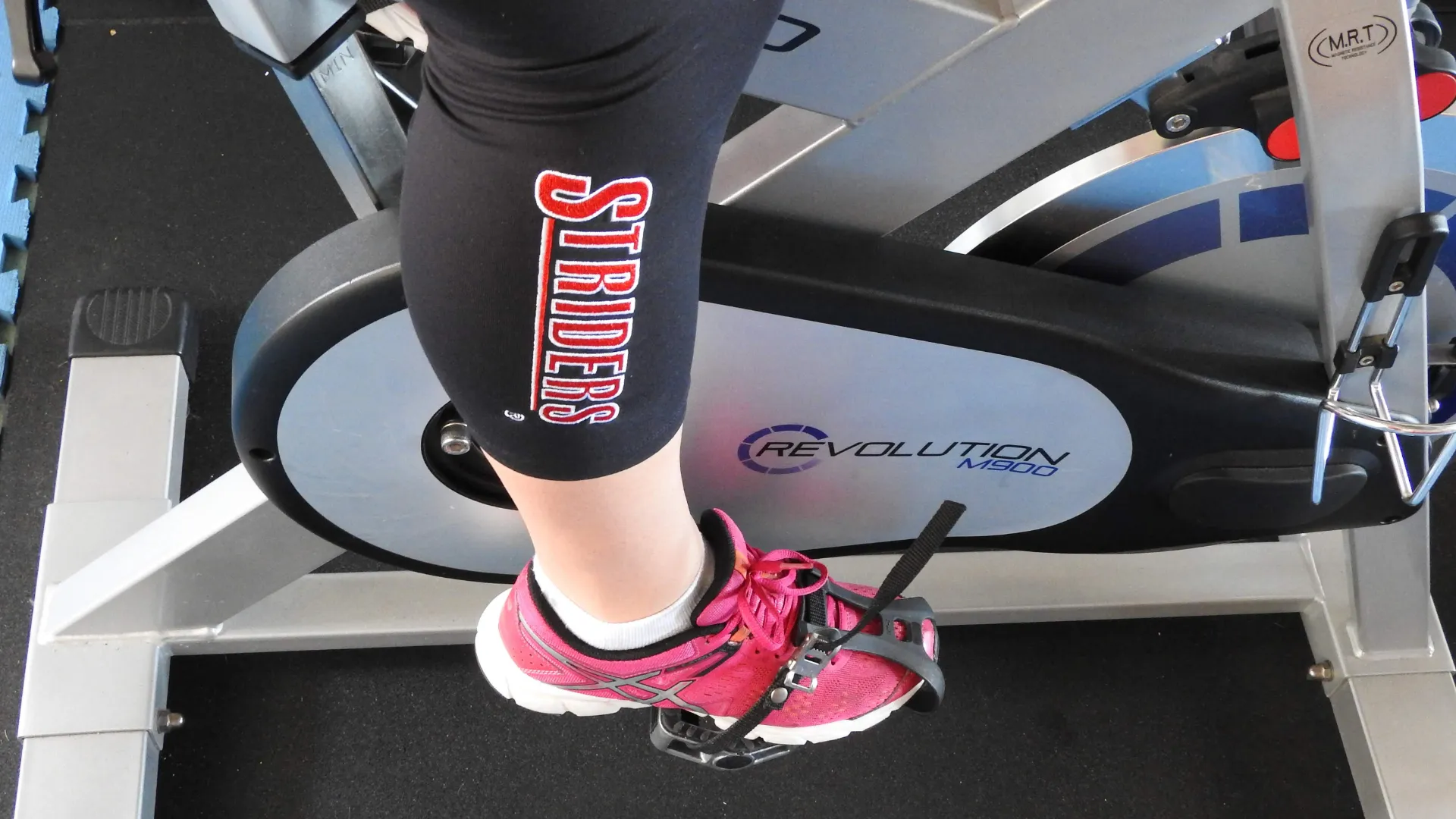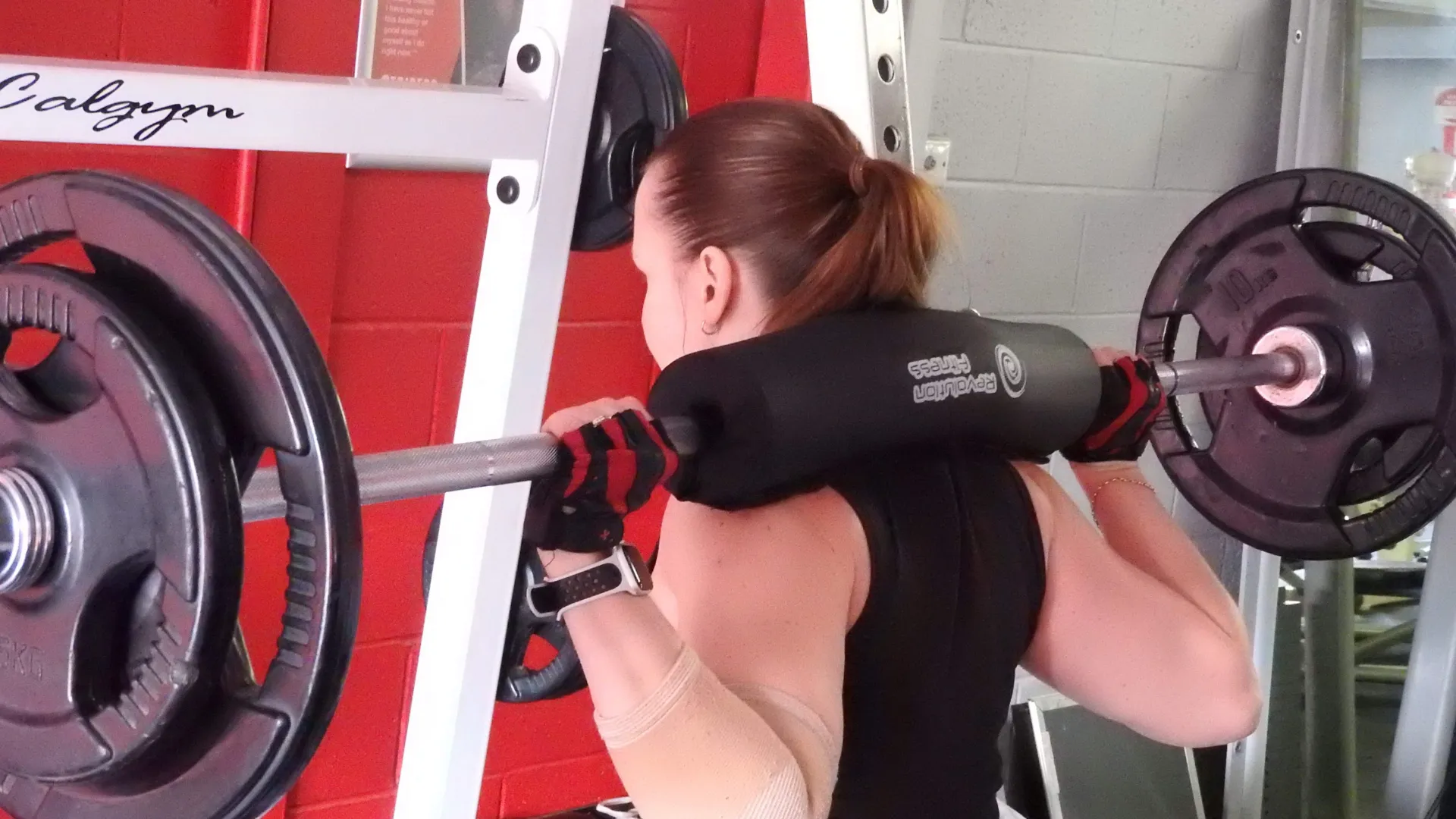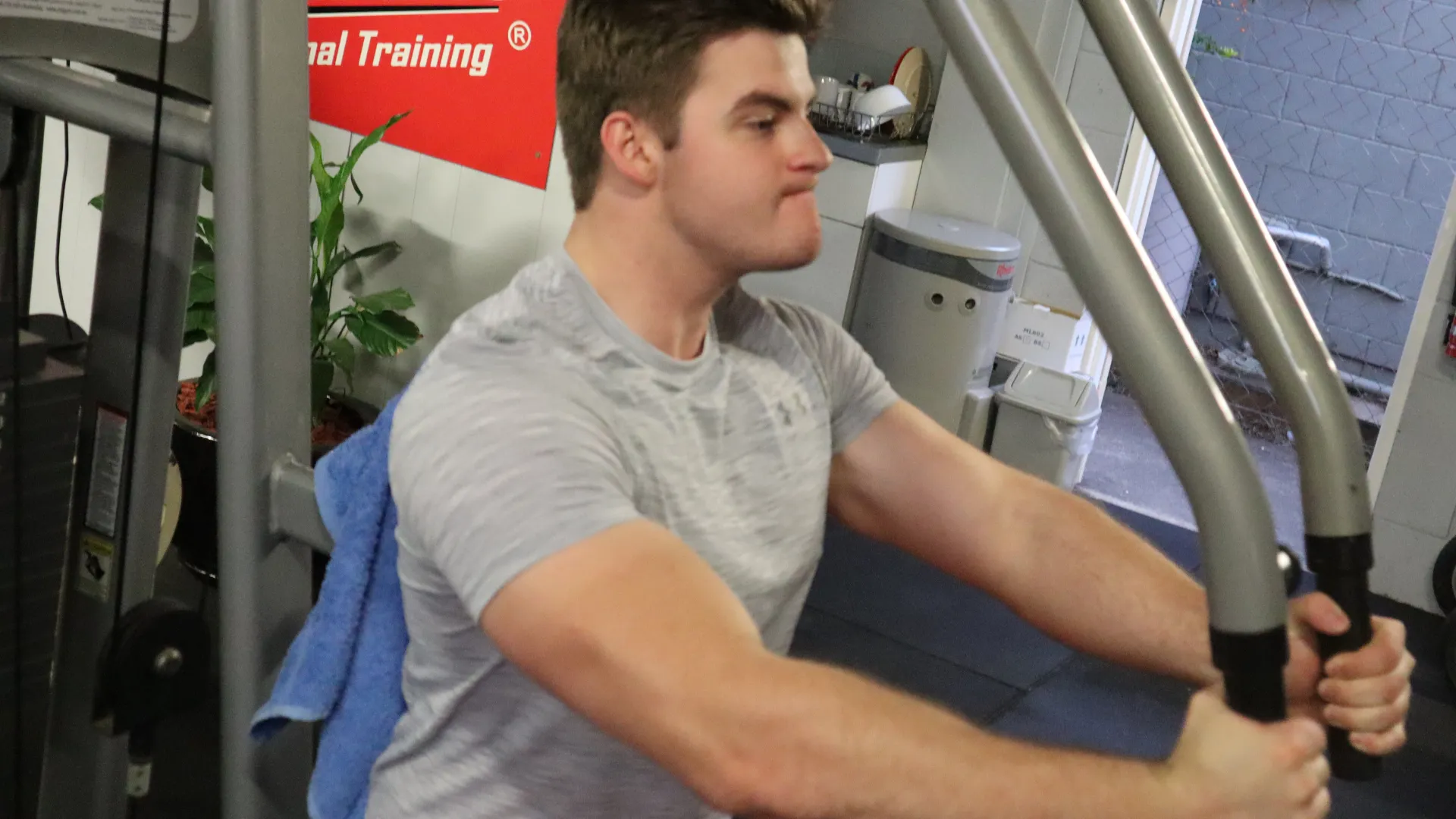Introduction:
You’ve been hitting the weights consistently for a few months now, yet the scale doesn’t seem to budge. Frustrating, isn’t it? Before you throw in the towel, it might be time to introduce a new player into your fitness routine: cardio. But not just any cardio – a strategic combination of steady-state and high-intensity interval training (HIIT). Let’s dive into the why, how, and when of incorporating cardio for effective weight loss.

Understanding the Weight: Muscle vs. Fat:
Before delving into cardio, it’s crucial to determine whether the extra pounds come from muscle or fat. Muscle is a fantastic and healthy weight, contributing to a lean physique. It takes up less space than fat and actively aids in burning more fat. If it’s muscle causing the increase in weight, congratulations – keep up the good work! However, if it’s unwanted fat, it’s time to tailor your workouts for fat-burning success.
The Cardio Duo: Steady-State and HIIT
The debate between steady-state and high-intensity interval training has raged on, but why not have the best of both worlds? Steady-state exercise effectively burns fat, utilizing oxygen to incinerate those stubborn fat cells. On the other hand, HIIT targets glucose, preventing it from converting into fat storage. It’s like attacking the problem from both ends, promising faster and more noticeable results.

Getting Started:
1. Begin Gradually:
Start with two days of steady-state exercising. This could be a brisk walk, a spin bike session, or rowing for 30 to 60 minutes. Maintain a level where you can comfortably hold a conversation or recite the alphabet – a sweet spot for fat burning.
2. Introduce HIIT:
As you progress, incorporate high-intensity training sessions. Sprints, star jumps, or rope skipping work well. Push yourself to the limit for 10-20 seconds, then allow 20-40 seconds of rest, depending on your fitness level. Repeat this cycle for up to 20 minutes.
3. Listen to Your Body:
If you’re not seeing the desired results, gradually increase your cardio sessions. However, be cautious not to overdo it, as excessive cardio can hinder muscle growth.
4. Consistency is Key:
Rome wasn’t built in a day, and neither is your dream physique. Stay consistent and patient, adding cardio sessions over the course of a few months until you achieve the fat reduction you’re aiming for.
Conclusion:
So, if you’ve been consistently hitting the weights for several months and find that stubborn body fat is still holding on, it’s high time you now incorporate cardio into your routine. It’s crucial to recognise, though, that the objective isn’t solely about shedding weight; it’s also about maintaining and even enhancing valuable muscle tissue. Consequently, it’s important not to overdo the cardio training. Gradually incorporating additional cardio session into your routine until you observe that persistent body fat starts to melt away. Remember, your aim is to achieve an improved muscular physique, not a diminished gaunt appearance. Striking the right balance between cardio and strength training is paramount for lasting success.


